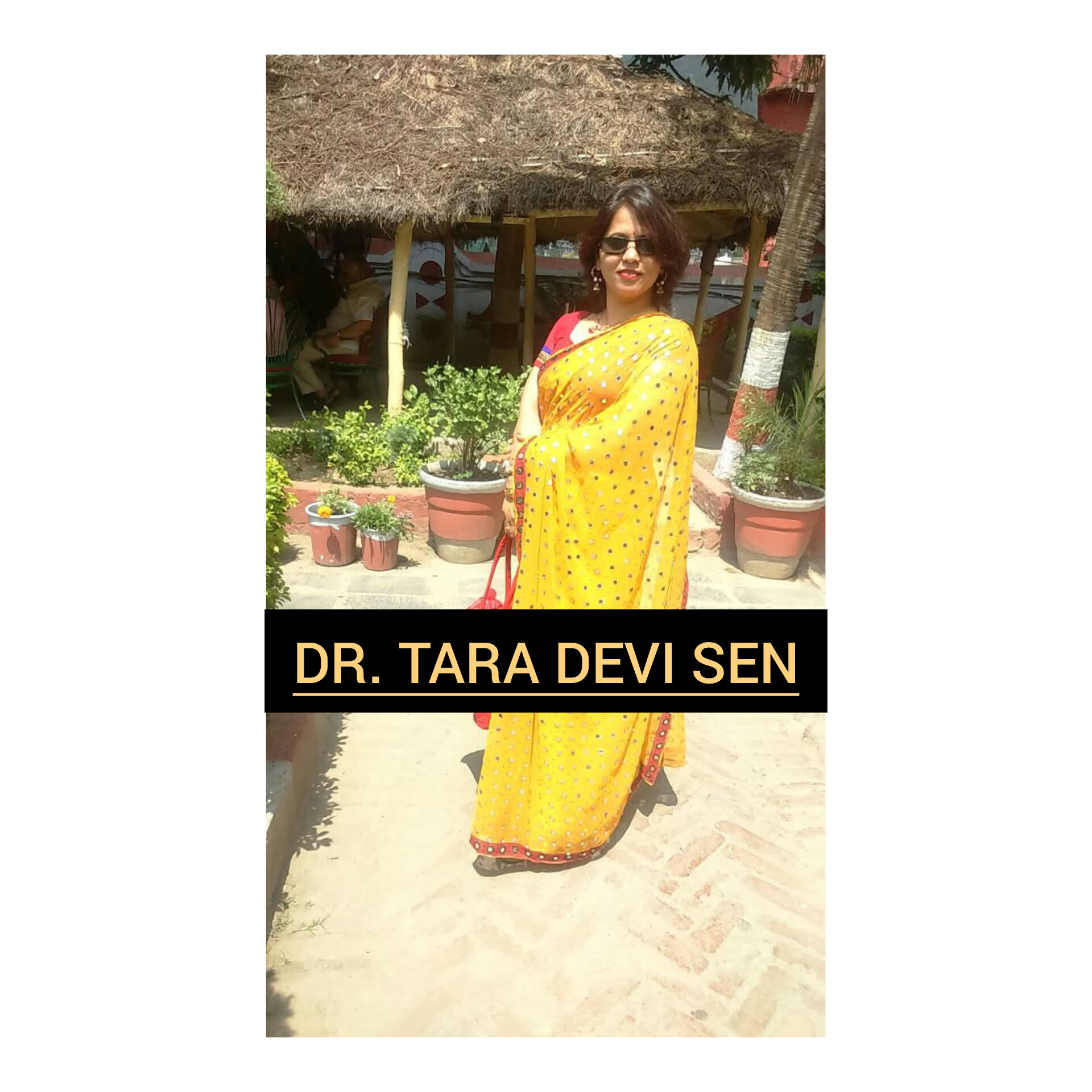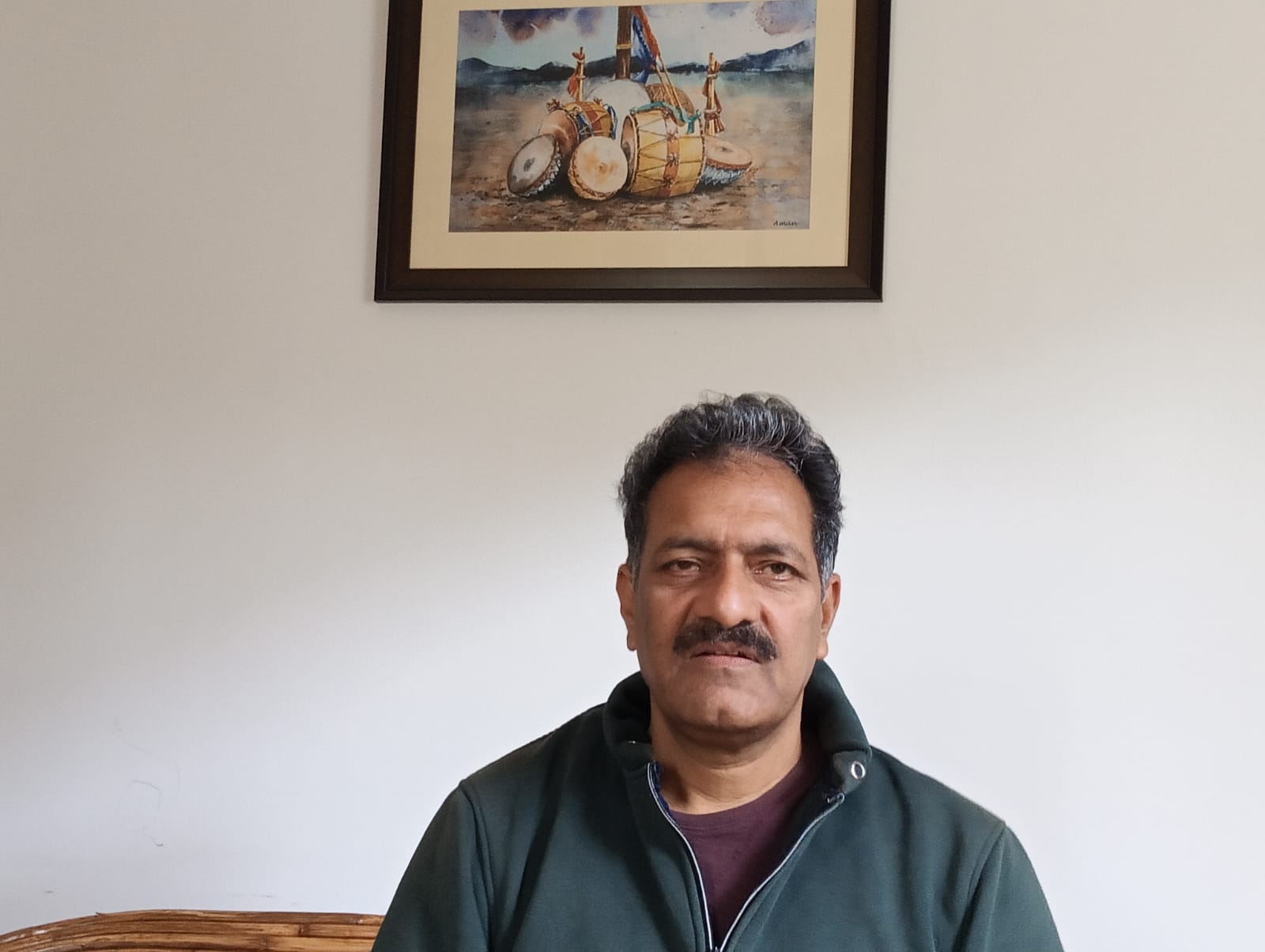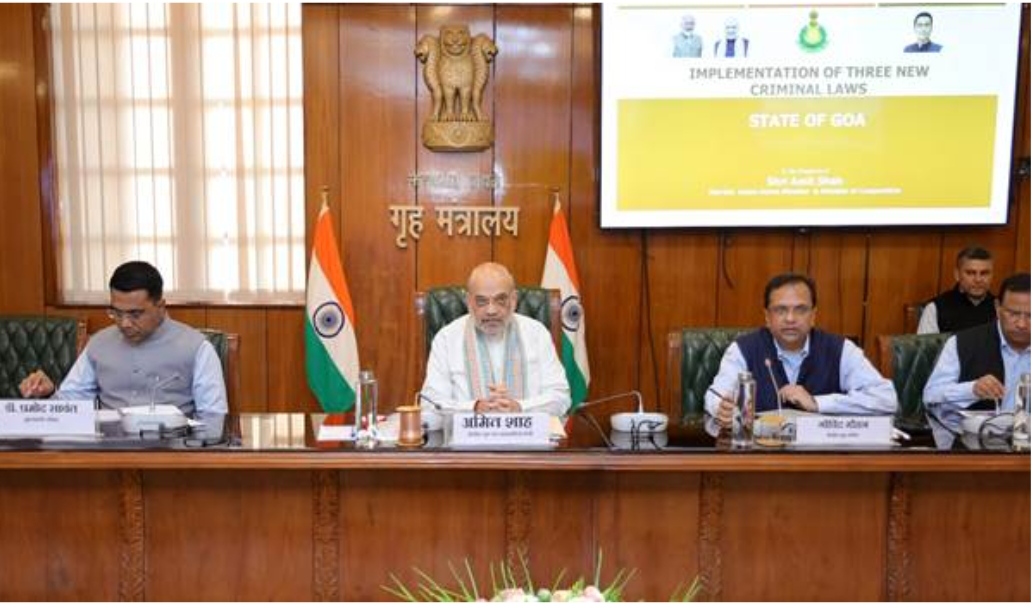Makar Sankranti: A Celebration of Tradition, Taste, and Science: Dr. Tara Devi Sen.

Shimla:
Makar Sankranti, celebrated annually on January 14th (or 15th in certain years depending on the solar calendar), marks the Sun’s transition into the zodiac sign of Capricorn (Makara) and the beginning of the auspicious Uttarayan period—when the Sun commences its northward journey. This astronomical shift holds immense cultural, spiritual, and seasonal significance across India, heralding the arrival of longer days, warmth, and the harvest season.
The festival is a profound expression of gratitude toward nature’s abundance. Across the country, it is marked by diverse regional traditions. In Punjab, it takes the form of Lohri, with bonfires and celebrations of the sugarcane harvest. Tamil Nadu’s Pongal centers around the preparation of a special rice dish symbolizing prosperity. Gujarat lights up with kite-flying festivals, while Bihar and Uttar Pradesh prepare the comforting and nutritious dish of khichdi. Each region’s unique practices highlight the rich cultural fabric of India.
A major highlight of Makar Sankranti is its focus on seasonal foods that provide warmth and nourishment during winter. Across India, sesame seeds (til) and jaggery (gur) dominate the festive menu. These ingredients, rich in essential nutrients like calcium, iron, and healthy fats, are used to make tilgul laddoos, chikkis, and other traditional sweets. In Tamil Nadu, Pongal is prepared with rice, milk, and jaggery, while Bengal enjoys pithe and payesh, rice flour dumplings and sweetened rice pudding. Himachali cuisine features unique offerings like siddu, chilra, and saryara laddu, each blending tradition with nutrition. Scientifically, these foods align with the body’s winter needs, boosting immunity and generating warmth.
In Himachal Pradesh, the festival is known as Magha Saaji or Lohri, depending on the region. In the hilly regions, Makar Sankranti is celebrated as “Magh Saji,” while in the plains, it is observed as Lohri. The festival is marked by traditional customs, communal feasts, and cultural activities enhancing the festive spirit and strengthen bonds among families and neighbours. Local delicacies such as bhalle, siddu, saryara or til laddus, childa, and khichdi reflect the region’s rich heritage. On this day, people in Himachal Pradesh take a bath near water sources, which is considered essential for purification and health benefits. Additionally, seeking the blessings of elders and giving donations to the poor strengthen the spirit of social harmony associated with this festival. In some hilly areas, the festivities continue until the end of January, during which people visit their relatives. They exchange saryara or til laddus, walnuts, and other seasonal fruits as part of the celebrations.
Himachal Pradesh’s traditions during Makar Sankranti go beyond food. Community feasts, bonfires, and cattle adornments reflect a harmonious relationship with nature and a celebration of new beginnings. The use of harvests in festive dishes underscores the deep connection between the land and its people. Even in modern times, there is a growing trend to innovate while staying rooted in tradition, such as using healthier ingredients in tilgul or substituting rice in khichdi with millets or quinoa.
Makar Sankranti offers timeless lessons in sustainability, gratitude, and social cohesion. It reminds us to appreciate nature’s cycles, embrace seasonal and local foods, and nurture community ties. This festival, with its profound interconnections between humans, nature, and the cosmos, invites us to preserve and adapt these age-old traditions in our modern lives. By doing so, we honor the wisdom of our ancestors and pave the way for a sustainable and harmonious future.




